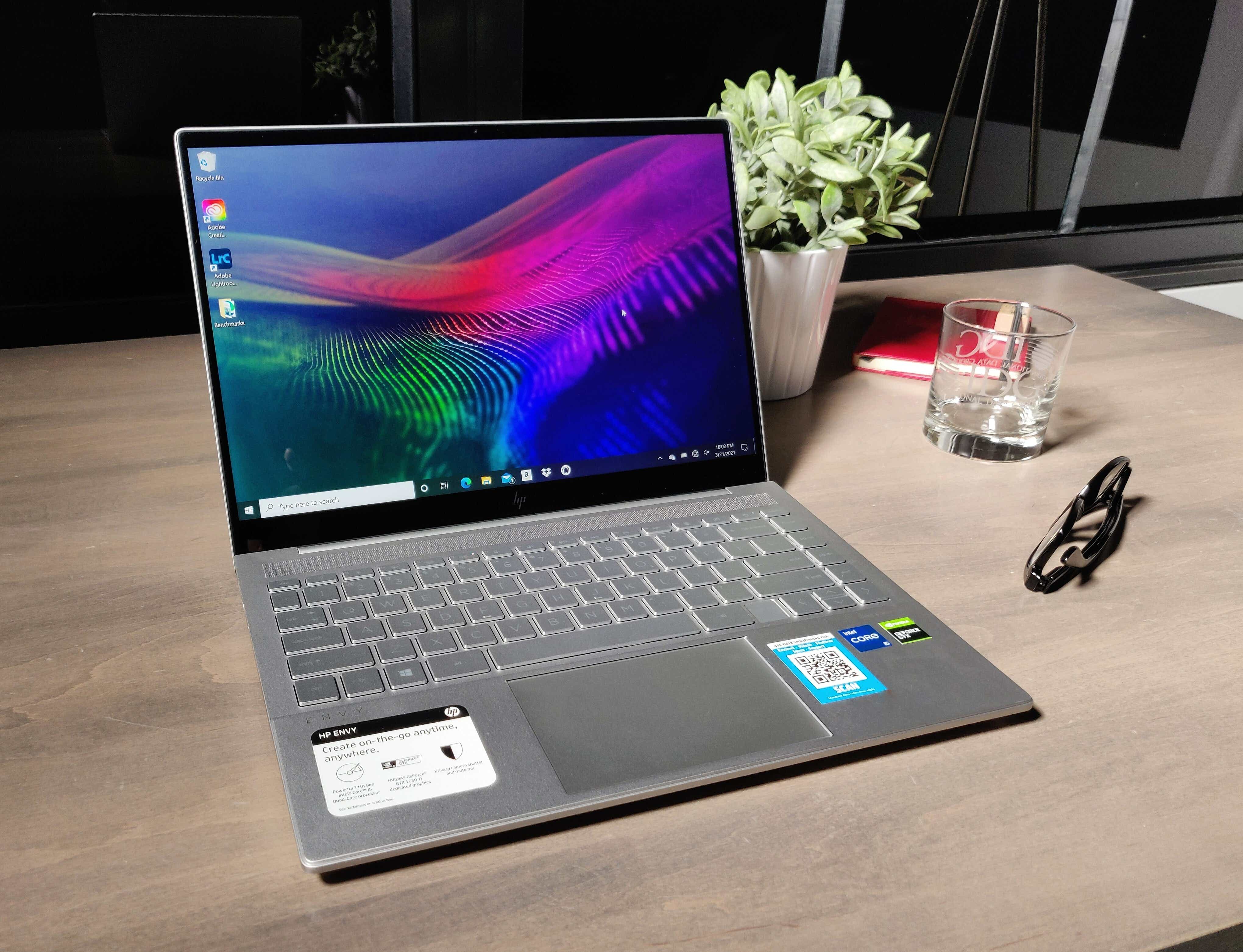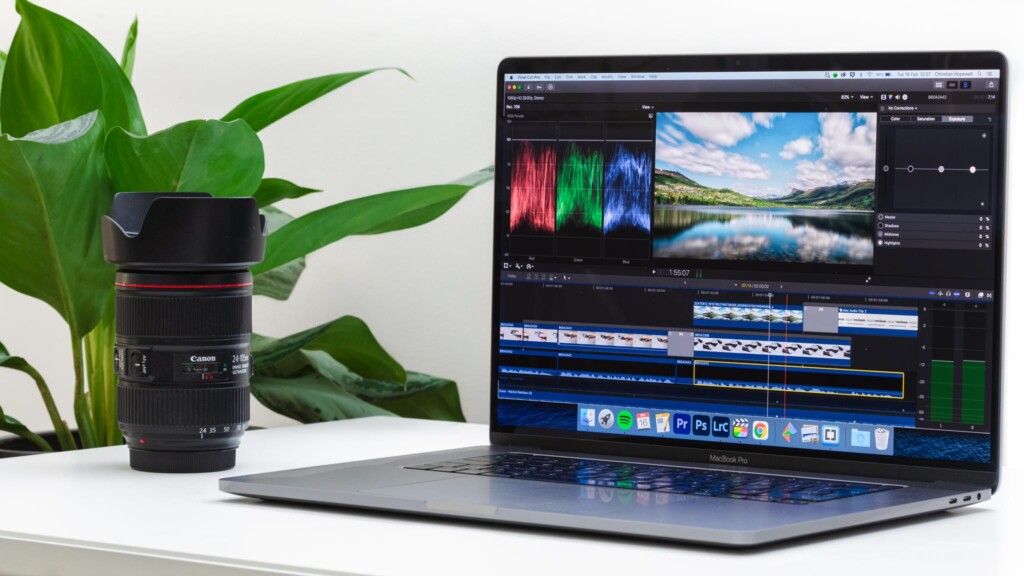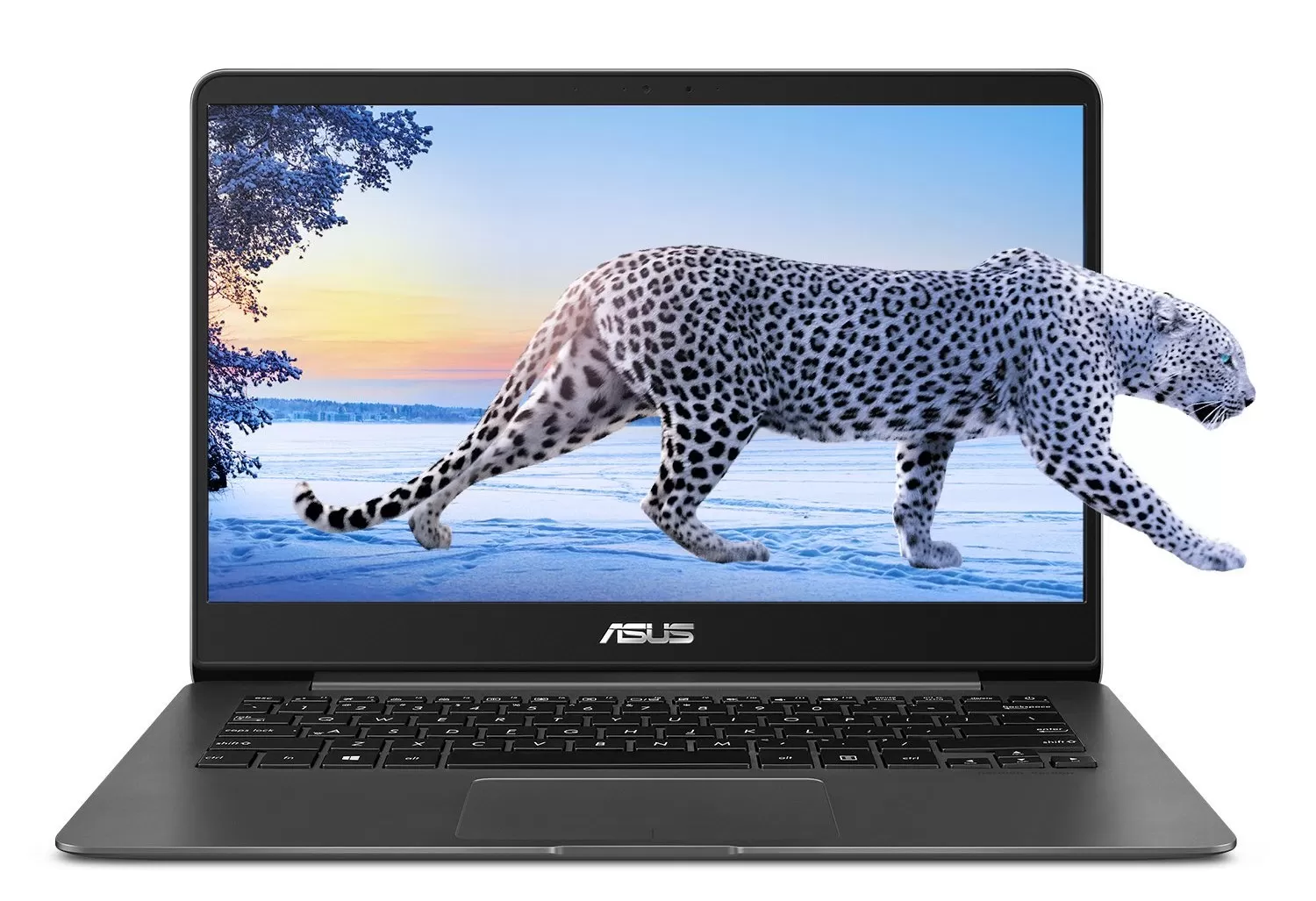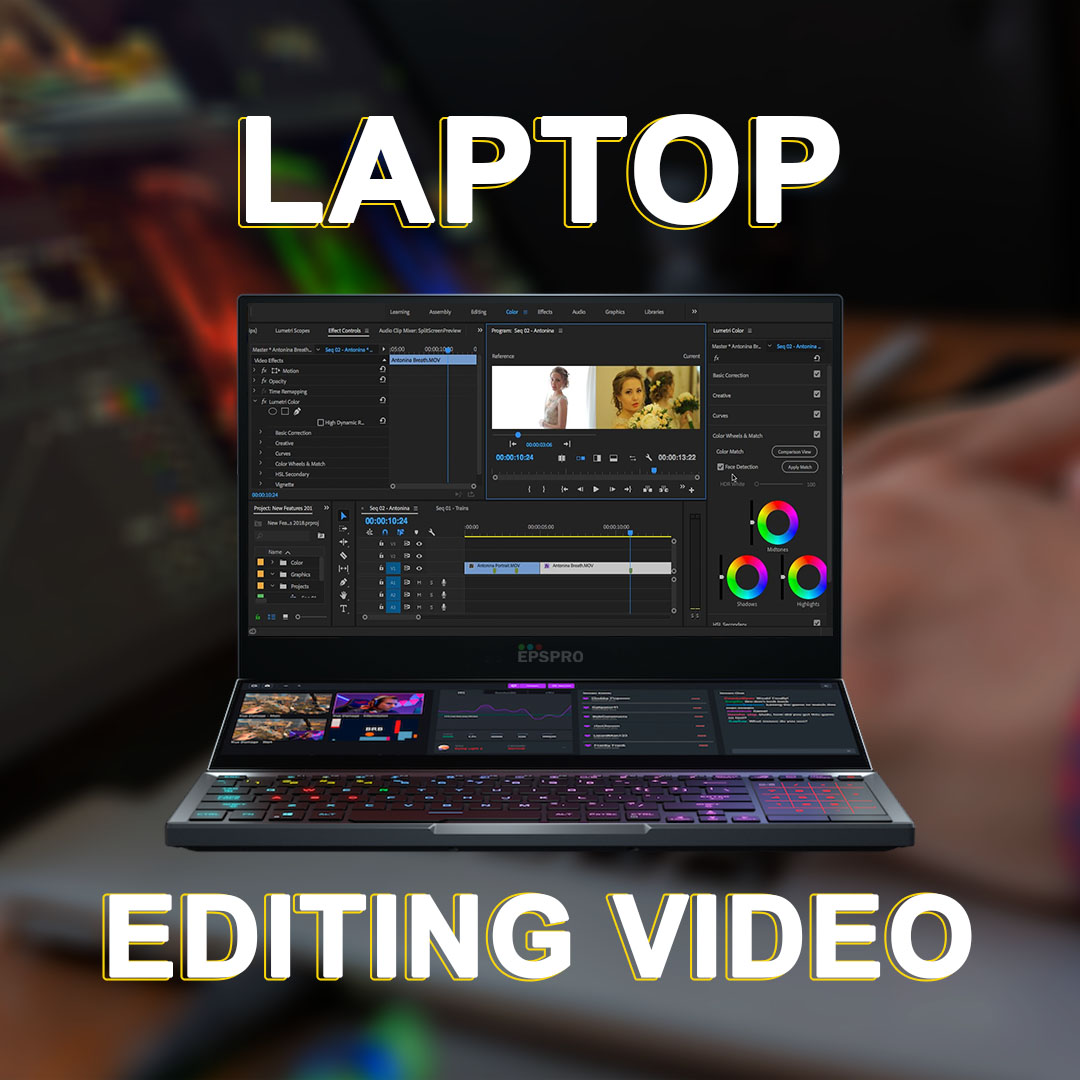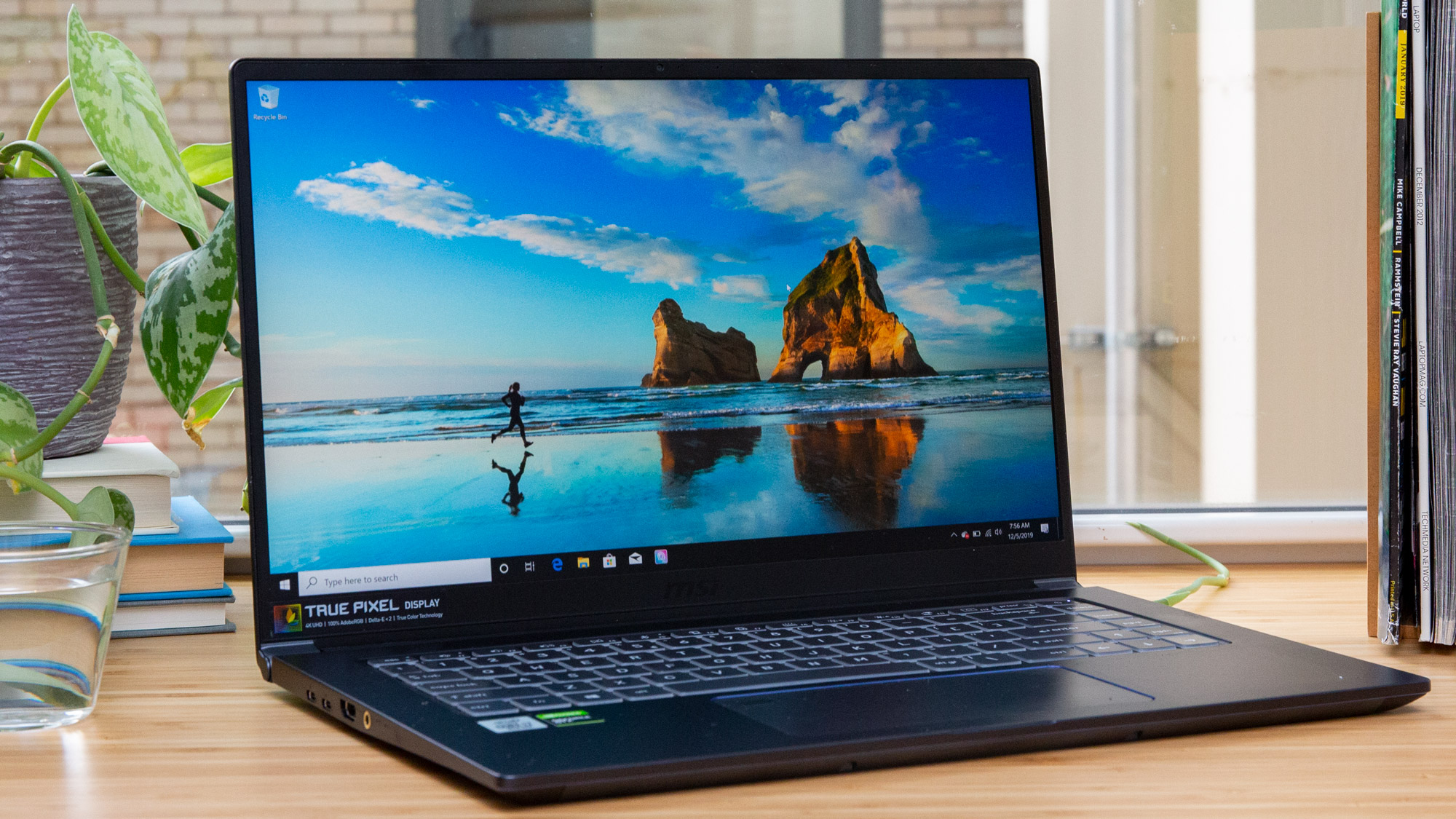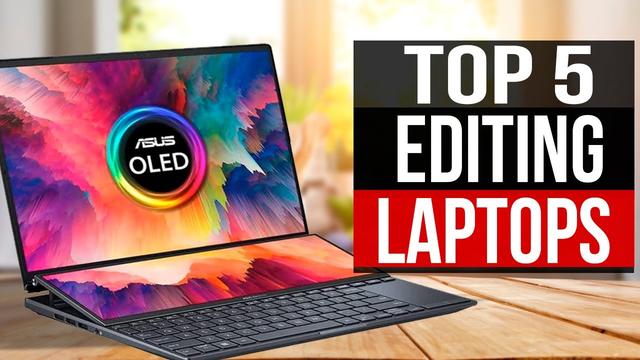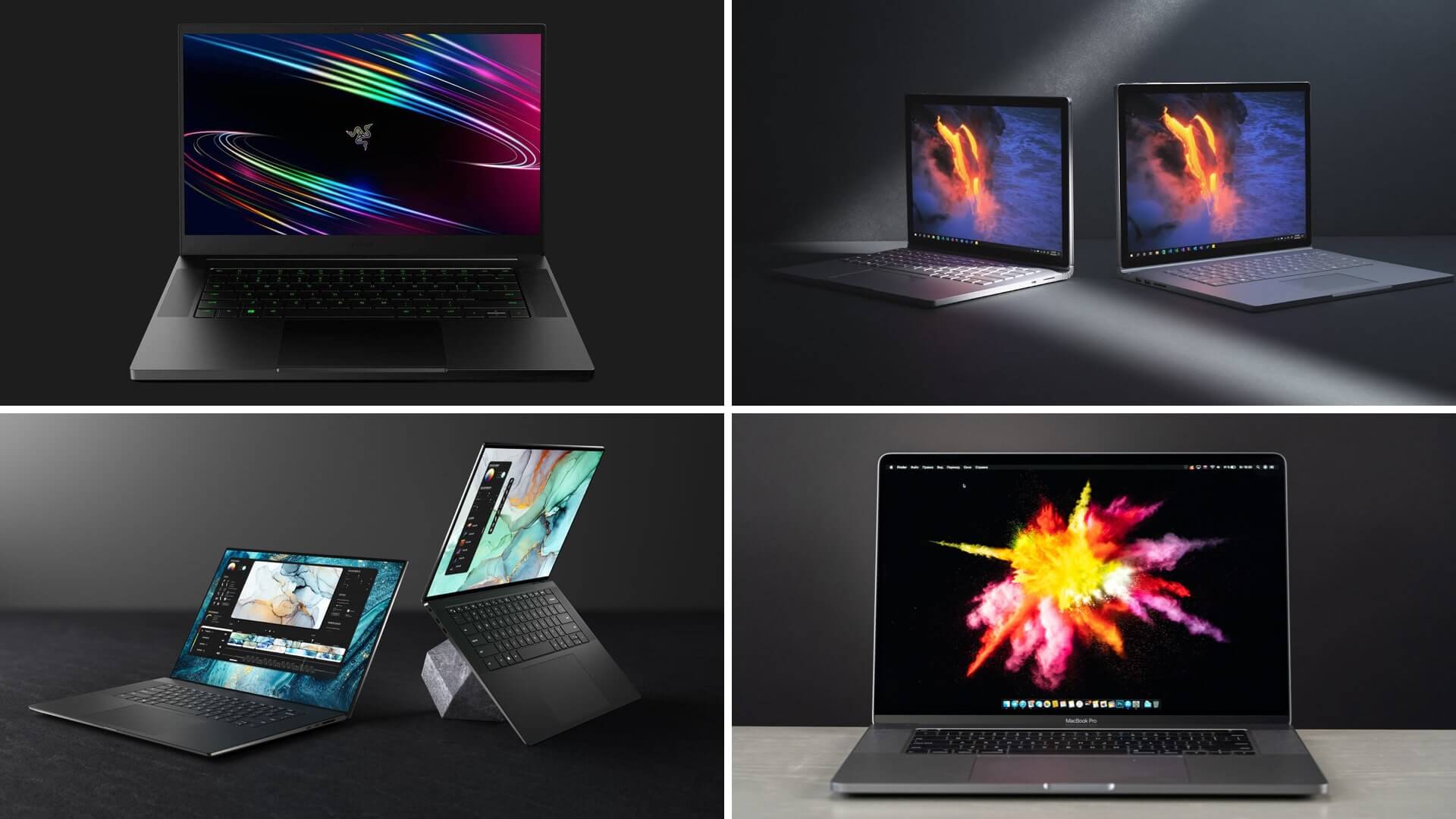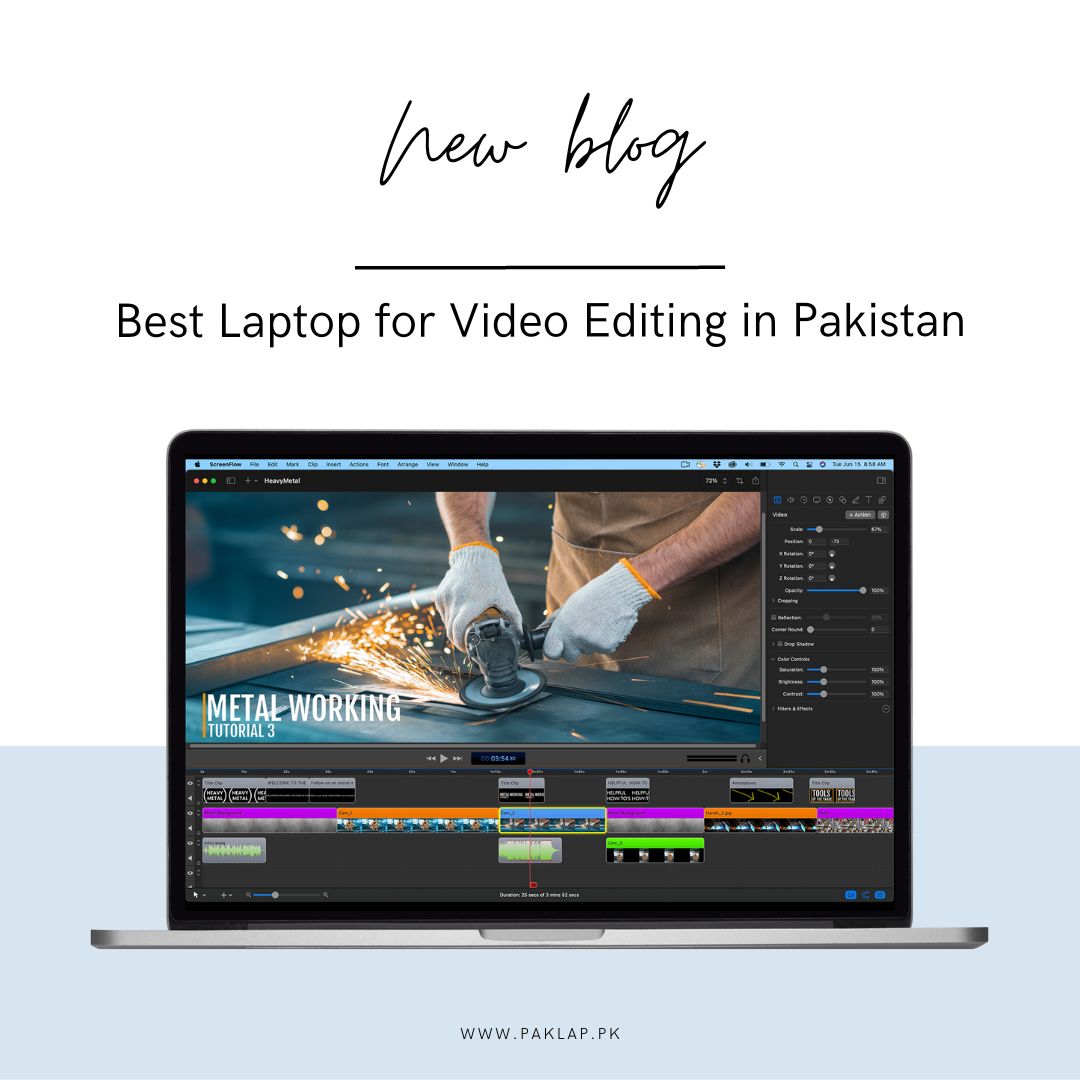Best Laptop Under 1500 For Video Editing

So, you're ready to dive into the world of video editing? Awesome! But before you get lost in timelines and transitions, you need the right tool: a laptop that can handle the demands of video editing without emptying your bank account. This guide is for first-time buyers, like you, who want a reliable workhorse for under $1500.
We're here to help you navigate the confusing landscape of processors, RAM, and graphics cards. We'll break down the best options, highlighting what to look for and what to avoid. Let's get started!
Why Your Laptop Matters for Video Editing
Video editing isn't like writing emails or browsing the web. It requires serious processing power to handle large video files, complex effects, and smooth playback. A weak laptop will lead to frustrating lag, crashes, and wasted time.
The right laptop will transform your editing experience. You'll be able to work efficiently, experiment with different techniques, and bring your creative vision to life without limitations.
Top 5 Laptops for Video Editing Under $1500: A Quick Comparison
Here's a snapshot of five top contenders, highlighting their key specs and price points. We'll dive deeper into each one later.
| Model | Price (Approx.) | Processor | RAM | Storage | Graphics Card | Warranty |
|---|---|---|---|---|---|---|
| Apple MacBook Air (M1 or M2) | $999 - $1199 | Apple M1 or M2 | 8GB or 16GB | 256GB - 512GB SSD | Integrated 8-Core GPU | 1 Year Limited |
| Lenovo Legion 5 | $1100 - $1400 | AMD Ryzen 7 or Intel Core i7 | 16GB | 512GB SSD | NVIDIA GeForce RTX 3050 Ti | 1 Year Limited |
| Acer Aspire 5 | $700 - $900 | AMD Ryzen 5 or Intel Core i5 | 8GB or 16GB | 512GB SSD | NVIDIA GeForce MX450 or Integrated | 1 Year Limited |
| HP Envy x360 | $900 - $1200 | AMD Ryzen 5/7 or Intel Core i5/i7 | 8GB or 16GB | 256GB - 512GB SSD | Integrated or NVIDIA GeForce MX450 | 1 Year Limited |
| Dell XPS 13 | $1200 - $1500 | Intel Core i5 or i7 | 8GB or 16GB | 256GB - 512GB SSD | Intel Iris Xe Graphics | 1 Year Limited |
Detailed Reviews: Deep Dive into Each Laptop
Now, let's take a closer look at each of these laptops, highlighting their strengths and weaknesses for video editing.
Apple MacBook Air (M1 or M2)
The MacBook Air, powered by Apple's own M1 or M2 chip, is a powerhouse of efficiency. Its performance is surprisingly good for its size and price, making it a great option for on-the-go editing. The battery life is exceptional.
However, the integrated graphics may struggle with more demanding projects. The limited port selection is another drawback.
Lenovo Legion 5
The Lenovo Legion 5 offers a fantastic balance of power and price. It's equipped with a dedicated NVIDIA GeForce RTX 3050 Ti graphics card, which will significantly improve your rendering and playback speeds. The powerful AMD Ryzen or Intel Core processor ensures smooth performance.
The design is a bit bulky, and the battery life isn't the best. It's primarily designed for gaming, so it might not have the sleekest look for professional environments.
Acer Aspire 5
The Acer Aspire 5 is a budget-friendly option that still packs a punch. It offers a decent processor and the option for a dedicated NVIDIA GeForce MX450 graphics card. It's a solid choice for beginners who are just starting out with video editing.
It's important to note that its performance won't match the other, more expensive options. The display quality may also be lacking compared to higher-end laptops.
HP Envy x360
The HP Envy x360 is a versatile 2-in-1 laptop that's great for creative tasks. Its touchscreen display and convertible design make it easy to interact with your video projects in different ways. The AMD Ryzen or Intel Core processors offer good performance.
The graphics performance is dependent on configuration, integrated or MX450. It might not be the most powerful option for heavy editing, but it's great for lighter tasks and portability.
Dell XPS 13
The Dell XPS 13 is known for its sleek design and excellent display. It's a premium laptop that offers a great user experience. The Intel Core i5 or i7 processors provide ample power for video editing.
It relies on integrated Intel Iris Xe Graphics, which might limit its capabilities for more demanding projects. The price point is also at the higher end of the budget.
Used vs. New: Which is the Better Deal?
Buying a used laptop can save you a significant amount of money. However, it also comes with risks.
Used: Pros
- Lower price point
- Possibility of getting a higher-end model for less
Used: Cons
- Unknown history and potential for hidden issues
- Shorter lifespan and potential for faster depreciation
- Limited or no warranty
New: Pros
- Full manufacturer's warranty
- Peace of mind knowing the laptop is in perfect condition
- Latest technology and features
New: Cons
- Higher price point
If you're comfortable with the risks, a used laptop can be a great way to save money. If you prefer peace of mind and a warranty, a new laptop is the better choice.
Reliability Ratings by Brand
Laptop reliability is a crucial factor, especially for video editing where downtime can be costly. Here's a general overview of brand reliability, though individual models can vary.
- Apple: Generally considered highly reliable.
- Lenovo: Known for their durability and business-grade laptops.
- Dell: Offers a range of reliable laptops, including the XPS and Inspiron series.
- HP: Reliability can vary, but their Envy and Spectre lines are generally well-regarded.
- Acer: More budget-focused, so reliability might be slightly lower compared to premium brands.
Always read reviews and research specific models to get a better understanding of their reliability.
Checklist: 5 Must-Check Features Before Buying
Before you finalize your purchase, make sure the laptop meets these key requirements for video editing.
- Processor: Aim for at least an Intel Core i5 or AMD Ryzen 5. i7 or Ryzen 7 are even better.
- RAM: 16GB of RAM is highly recommended for smooth editing. 8GB is the absolute minimum, but you may experience lag with larger projects.
- Storage: Opt for a fast SSD (Solid State Drive) with at least 256GB of storage. 512GB or 1TB is ideal.
- Graphics Card: A dedicated graphics card (NVIDIA GeForce or AMD Radeon) will significantly improve performance. Integrated graphics can work for basic editing, but they'll struggle with more complex projects.
- Display: Look for a display with good color accuracy and brightness. A Full HD (1920x1080) resolution is a good starting point, but higher resolutions will provide a sharper image.
Summary: Making the Right Choice for You
Choosing the best laptop for video editing under $1500 requires careful consideration. We've covered the importance of processor, RAM, storage, graphics card, and display. We also examined used vs. new options and brand reliability.
Consider your specific needs and budget when making your decision. Do you prioritize portability, power, or price? Think about the types of video projects you'll be working on.
Remember to read reviews, compare specs, and weigh the pros and cons of each model. With a little research, you can find the perfect laptop to unleash your creative potential.
Ready to Start Editing?
Now that you're armed with the knowledge you need, it's time to take the next step. Visit your local electronics store or browse online retailers to explore your options. Don't be afraid to ask questions and compare different models.
Happy editing! We're excited to see what you create.


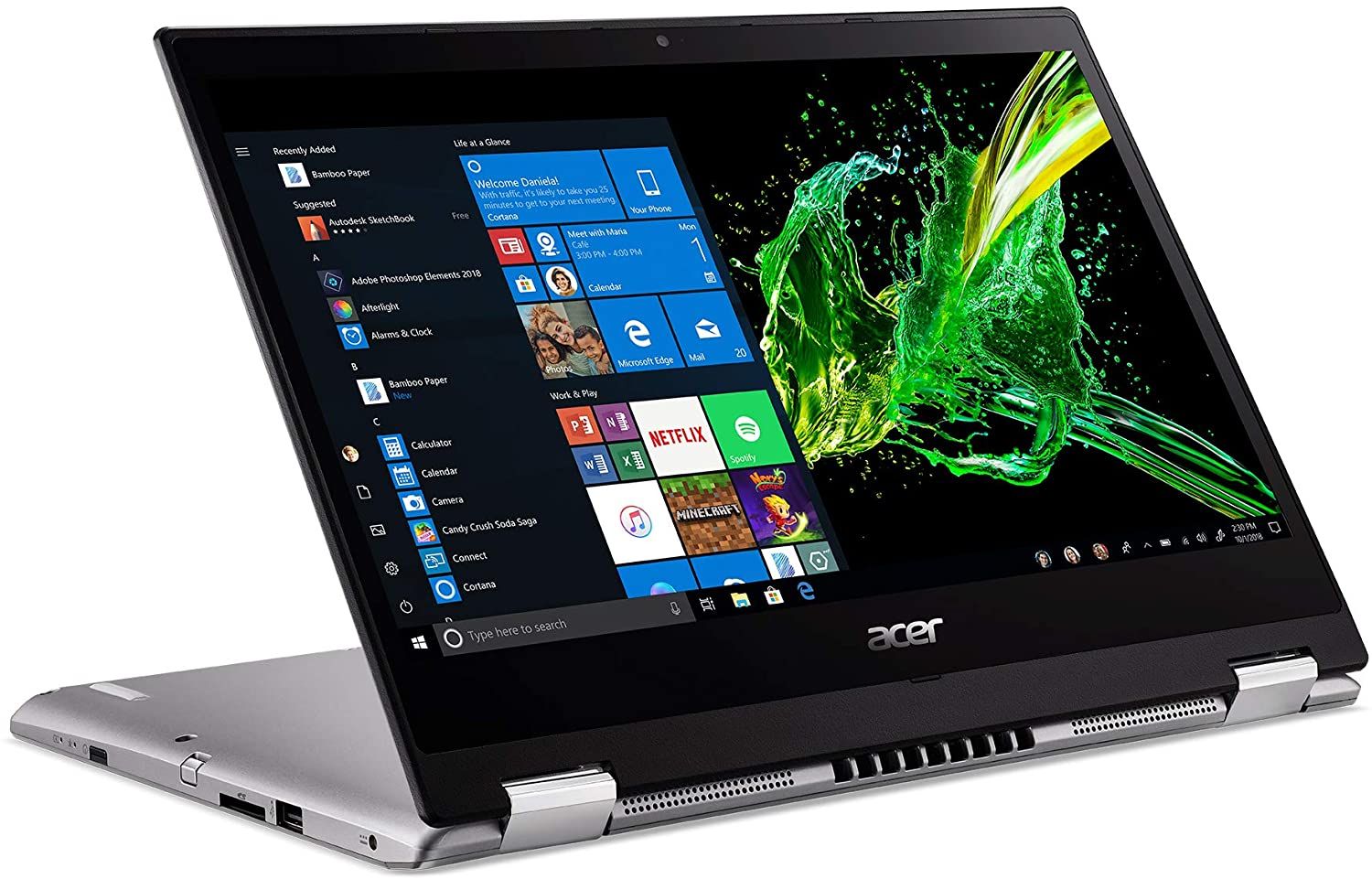
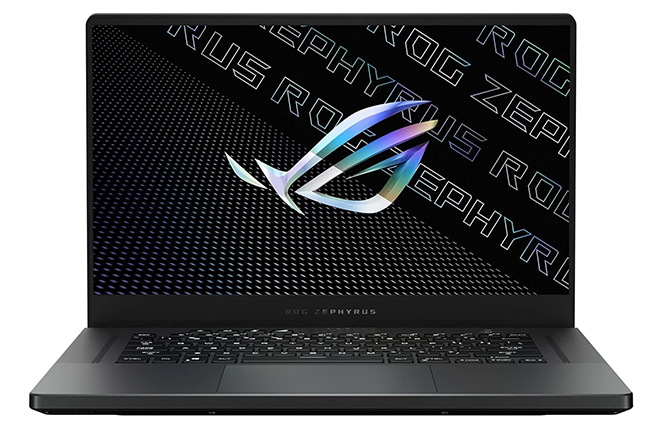
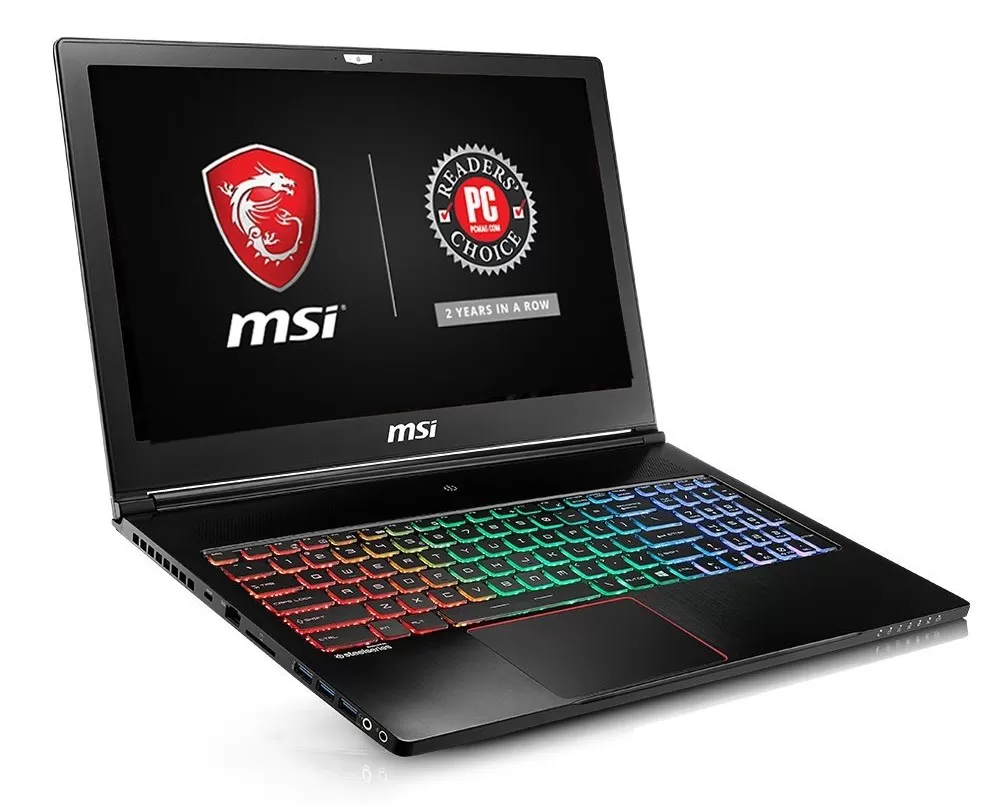
![Best Laptop Under 1500 For Video Editing Top 5 BEST Laptop for Video Editing [2020] - YouTube](https://i.ytimg.com/vi/Elmuim2Ce1U/maxresdefault.jpg)
